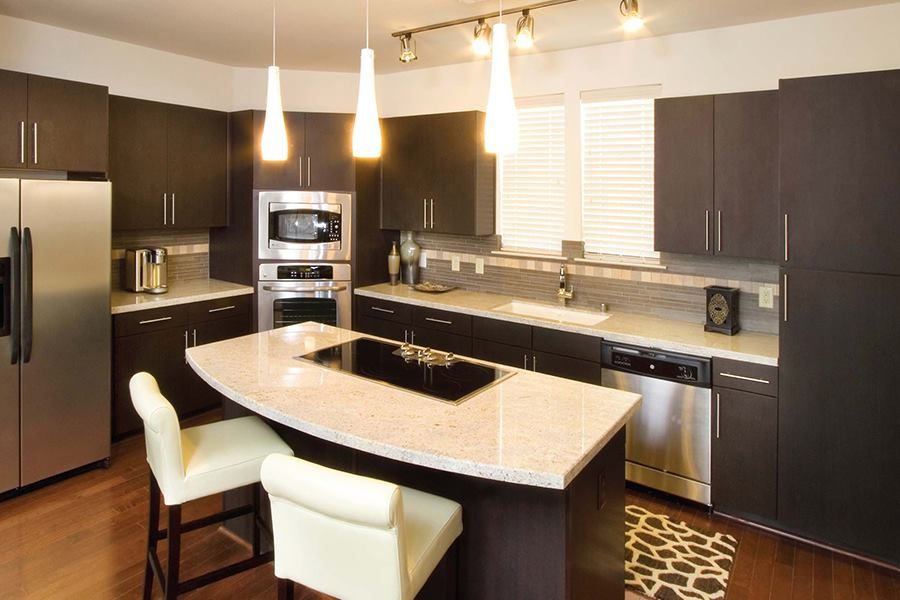Wireless color printers are very popular, but if you’re not familiar with these devices, here are some helpful questions and answers that will teach you everything you need to know.
FAQ #1: What are wireless color printers?
Wireless color printers are simply printers which have been integrated with wireless capabilities. Typically, these printers have built-in Wi-Fi. But there are also other wireless functions that a printer can have such as Bluetooth and infrared functions, although they are not as easy and fast to use as Wi-Fi, which uses an internet network connection to allow the printer to access more than one computer.
FAQ #2: What types of wireless color printers are on the market today?
Basically, all color printers today have wireless functions. There are inkjet printers with wireless functions, color laser printers with wireless connectivity, digital AirPrint printers with wireless network capabilities, and solid ink printers which have Wi-Fi connectivity. The only color printers which have no Wi-Fi capabilities are the compact photo printers which use dye sublimation, but most of them have wireless Bluetooth connectivity and infrared connectivity which may come as either integrated or optional.
FAQ #3: What are the advantages of using these devices?
Wireless color printers are useful because of their versatility in printing any color of printouts. They can produce photos, images, and illustrations in monochrome, grayscale, sepia, negative, and full color. They are useful for photo printing, diagram printing, and many other activities which require colored output. With their wireless capabilities, these devices can be easily shared with as many users as there are in a single network. As long as you have all of these computers connected to the same network as the printer, they can all access the printer for their printing activities, despite the distance and wireless connection.
FAQ #4: What are the disadvantages of using these devices?
As wireless printers, the biggest problem with these devices is the faltering connection. Sometimes, the wireless connection of the devices in the network may malfunction, especially if there are many devices in the network. Apart from that, the internal antenna of the device or the wireless card servers used in these computers can have problems in the connection as well. When this happens, all printing activities will be compromised and the result is a very unproductive day at work.
FAQ #5: Who will benefit the most from using them?
Places, where printers are used by more than one computer such as computer shops and cafes, offices, business workplaces, and even homes where a there is more than one computer, will surely find using these wireless color printers efficient. There is no more need to use wires to connect the printers to different computers, and this greatly reduces the cost of having to buy wires, as well as the restrictions on placement that wires can cause. There will also be no more need to hide running wires, so you get to organize your workplace or home better through the use of wireless devices.
FAQ #6: How much budget should I allocate?
There are a lot of different variants of wireless color printers as explained by MyHomePrinters.com, but they do not really differ in prices as much as their wired counterparts. For example, a lot of inkjet printers with Wi-Fi are very cheap, and some models of excellent inkjet printers are even more expensive than these wireless printers. Therefore, you should set your budget according to the type of printer. For inkjets, $80-$200 is enough to be able to get a good wireless printer. Color laser printers are more expensive and they have prices ranging from $150-$5,000 depending on the features and specifications of the device. Digital LED printers are also not so cheap, but the typical price range is around $200-$500. As for solid ink printers, the prices may be higher because of their commercial use, with prices ranging from $800-$15,000. It’s best to find the exact model first to get the accurate price.
Conclusion
Wireless color printers are versatile and make great all-around printers. Refer to this FAQ when shopping for one and you’ll be off on the right foot.





